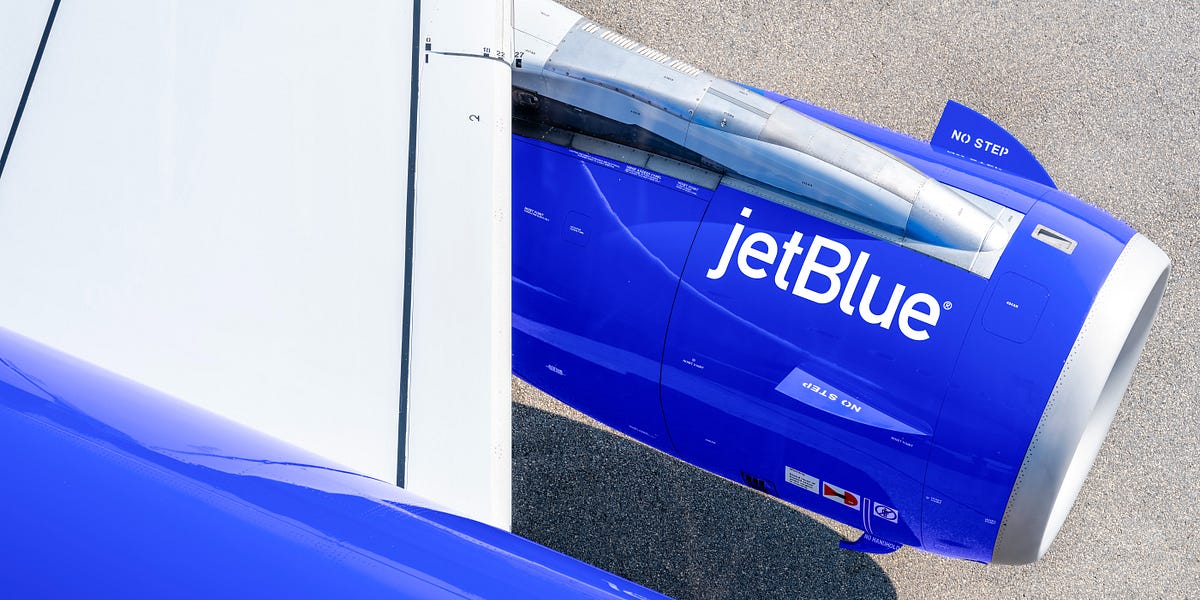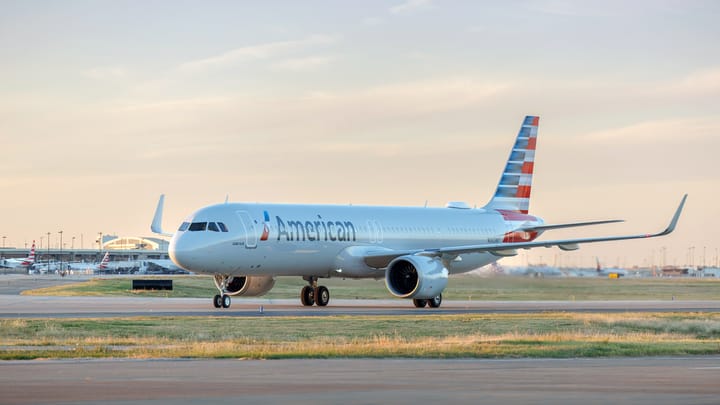JetBlue remains optimistic about its future despite worsening losses
JetBlue said that it expects positive margin momentum in 2026.

JetBlue has announced its Q3 2025 financial results, with the airline’s executives remaining optimistic that its strategy, JetForward, will continue paving the way for the company to return to profitability.
Joanna Geraghty, the Chief Executive Officer (CEO) of JetBlue, said that the airline’s progress toward profitability has gained “momentum as a result of the swift actions we've taken to implement our JetForward strategy and set a strong foundation for 2026.”
While the carrier did not provide its outlook for 2026 just yet, Geraghty added that in Q3, revenue and expenses “came in at the better half of their respective guidance ranges, significantly improving our financial performance throughout the quarter.”
Marty St. George, the President of JetBlue, continued that with its new initiatives, including its expansion at Fort Lauderdale Hollywood International Airport (FLL) and the Blue Sky partnership with United Airlines coming online, the airline expects “margin momentum” in 2026.
However, JetBlue ended Q3 with worsening operating and net losses. The carrier’s quarterly operating loss and net loss – both unaudited – were $100 million and $143 million, compared to $38 million and $60 million in Q3 2024, respectively.
The airline’s revenues were $2.3 billion at the end of the quarter, down 1.8% year-on-year (YoY), with passenger revenues of $2.1 billion being 2.9% worse than in Q3 2024. JetBlue’s saving grace was that its operating expenses were relatively flat YoY, growing only by 0.8%.
Costs per available seat mile (CASM) were 0.1% lower YoY, while CASM, excluding fuel (CASM-ex), increased by 3.7% compared to Q3 2024.
Meanwhile, the airline’s average fare contracted by 0.9% YoY, with the average passenger paying $205.67 per fare, with yield per passenger mile being 2% lower YoY. Operating revenue per ASM and passenger revenue per ASM (PRASM) sank 2% and 3.7% YoY.
JetBlue welcomed 10.3 million passengers in Q3, a slightly lower number than the 10.5 million travelers it welcomed in Q3 2024.

St. George admitted that while the airline is optimistic about demand for air travel in Q4, and peaks are expected to remain strong, the “throughs remain challenging, and we continue to expect relatively stronger demand for our premium offerings versus core.”
In Q4, its ASMs should be between 0.75% lower or 2.25% higher, while revenue per ASM (RASM) could either contract by 4% or be flat. CASM-ex is estimated to be 3% to 5% higher YoY.
In terms of full-year outlook, JetBlue’s overall capacity could be either down 2% or flat, while CASM-ex could rise between 5% and 6%, with interest-related expenses around $590 million.
According to Ursula Hurley, the Chief Financial Officer (CFO) of JetBlue, the airline improved its full-year CASM-ex guidance by half a point, “despite capacity roughly one point lower than initial guidance, illustrating the benefits of our strong operation and cost-reduction programs.”
“We are pleased with the progress we have made in the second half toward reaching our $290 million cumulative JetForward target, and we are excited about the momentum we have heading into 2026.”
During the remainder of the year, it should take delivery of another four Airbus A220-300s, as well as two A321XLRs, which it will take delivery of and immediately sell to a third party, which is most likely Greece-based Aegean Airlines.
JetBlue reiterated that the JetForward strategy is on track to deliver $290 million of incremental earnings before interest and taxes (EBIT) benefits in 2025.
When the airline unveiled the strategy, it estimated that JetForward would bring between $800 million and $900 million of incremental EBIT benefits between 2025 and 2027. The strategy is built on four key pillars: reliable service, the best US East Coast leisure network, enhancing customer value, and a secure financial future, which includes deferring around $3 billion of Capital Expenditures (CapEx) through 2029.





Comments ()